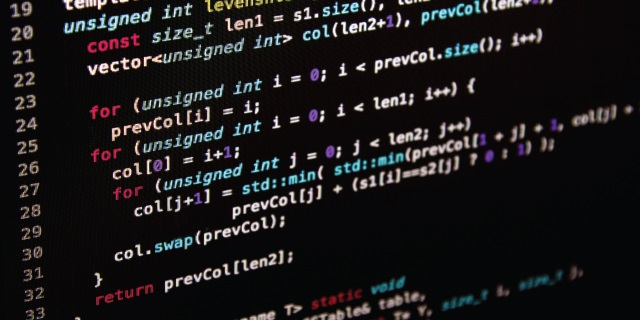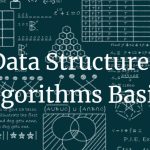Most algorithms are destined to be ultimately implemented as computer pro-grams. Programming an algorithm presents both a peril and an opportunity. The peril lies in the possibility of making the transition from an algorithm to a pro-gram either incorrectly or very inefficiently. Some influential computer scientists strongly believe that unless the correctness of a computer program is proven with full mathematical rigor, the program cannot be considered correct. They have developed special techniques for doing such proofs (see [Gri81]), but the power of these techniques of formal verification is limited so far to very small programs.
As a practical matter, the validity of programs is still established by testing. Testing of computer programs is an art rather than a science, but that does not mean that there is nothing in it to learn. Look up books devoted to testing and debugging; even more important, test and debug your program thoroughly whenever you implement an algorithm.
Also note that throughout the book, we assume that inputs to algorithms belong to the specified sets and hence require no verification. When implementing algorithms as programs to be used in actual applications, you should provide such verifications.
Of course, implementing an algorithm correctly is necessary but not sufficient: you would not like to diminish your algorithm’s power by an inefficient implemen-tation. Modern compilers do provide a certain safety net in this regard, especially when they are used in their code optimization mode. Still, you need to be aware of such standard tricks as computing a loop’s invariant (an expression that does not change its value) outside the loop, collecting common subexpressions, replac-ing expensive operations by cheap ones, and so on. (See [Ker99] and [Ben00] for a good discussion of code tuning and other issues related to algorithm program-ming.) Typically, such improvements can speed up a program only by a constant factor, whereas a better algorithm can make a difference in running time by orders of magnitude. But once an algorithm is selected, a 10–50% speedup may be worth an effort.
A working program provides an additional opportunity in allowing an em-pirical analysis of the underlying algorithm. Such an analysis is based on timing the program on several inputs and then analyzing the results obtained. We dis-cuss the advantages and disadvantages of this approach to analyzing algorithms in Section 2.6.
In conclusion, let us emphasize again the main lesson of the process depicted in Figure 1.2:
As a rule, a good algorithm is a result of repeated effort and rework.
Even if you have been fortunate enough to get an algorithmic idea that seems perfect, you should still try to see whether it can be improved.
Actually, this is good news since it makes the ultimate result so much more enjoyable. (Yes, I did think of naming this book The Joy of Algorithms.) On the other hand, how does one know when to stop? In the real world, more often than not a project’s schedule or the impatience of your boss will stop you. And so it should be: perfection is expensive and in fact not always called for. Designing an algorithm is an engineering-like activity that calls for compromises among competing goals under the constraints of available resources, with the designer’s time being one of the resources.
In the academic world, the question leads to an interesting but usually difficult investigation of an algorithm’s optimality. Actually, this question is not about the efficiency of an algorithm but about the complexity of the problem it solves: What is the minimum amount of effort any algorithm will need to exert to solve the problem? For some problems, the answer to this question is known. For example, any algorithm that sorts an array by comparing values of its elements needs about n log2 n comparisons for some arrays of size n (see Section 11.2). But for many seemingly easy problems such as integer multiplication, computer scientists do not yet have a final answer.
Another important issue of algorithmic problem solving is the question of whether or not every problem can be solved by an algorithm. We are not talking here about problems that do not have a solution, such as finding real roots of a quadratic equation with a negative discriminant. For such cases, an output indicating that the problem does not have a solution is all we can and should expect from an algorithm. Nor are we talking about ambiguously stated problems. Even some unambiguous problems that must have a simple yes or no answer are “undecidable,” i.e., unsolvable by any algorithm. An important example of such a problem appears in Section 11.3. Fortunately, a vast majority of problems in practical computing can be solved by an algorithm.
Before leaving this section, let us be sure that you do not have the misconception—possibly caused by the somewhat mechanical nature of the diagram of Figure 1.2—that designing an algorithm is a dull activity. There is nothing further from the truth: inventing (or discovering?) algorithms is a very creative and rewarding process. This book is designed to convince you that this is the case.



Comments are closed